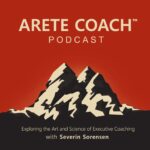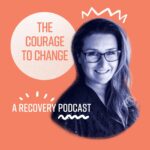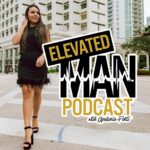
Podcast interviews establishes you and your company as a leader in your industry, it boosts your reputation as an expert and authority. By delivering valuable information and insights to an audience, you’re showcasing your credentials and experience as an absolute expert, and ultimately winning the listener’s trust!
We know how difficult it can be to get in front of qualified and engaged audiences, that are already interested in you and your business.
It can be even more difficult to get in front of new audiences and it’s rare that you out of the blue can find new customers with paid traffic.
There are never any promises and the advertisement cost can quickly turn into a dripping faucet. So how do you continuously get in front of highly qualified ready to buy audiences? You find podcasts that are focused on your niche, and get booked on them!
If you sell online courses in health and nutrition – then we will get you on health and nutrition podcasts because that’s where your customers are waiting for you to help them with their problems.
They want you on their podcast – they want to hear from you – and we will help you get there!















































Podcasts are one of the fastest-growing media channels in the world – making them the ideal place to share your message, build trust and grow your brand.
With over 3.3+ million podcasts worldwide, podcasts will place you in the center of your customers’ lives and decision-making.